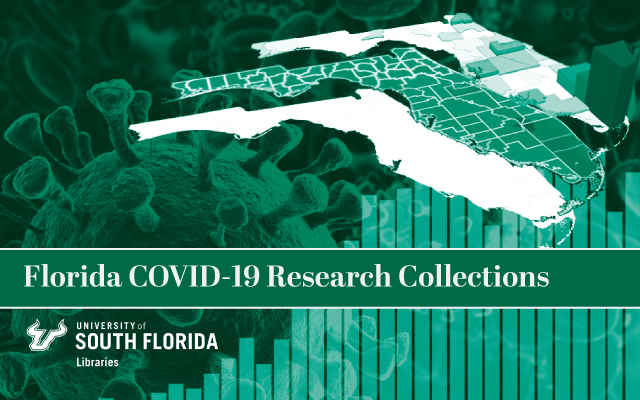
All publications
Papain-like Cysteine Proteinase Zone (PCP-zone) and PCP Structural Catalytic Core (PCP-SCC) of Enzymes with Cysteine Proteinase Fold
Document Type
Article
Publication Date
12-2020
Keywords
Papain, Cysteine proteinases, Catalytic triad, Fold, Zone, Structural catalytic core, COVID-19, SARC-CoV-2
DOI
https://doi.org/10.1016/j.ijbiomac.2020.10.022
Abstract
There are several families of cysteine proteinases with different folds – for example the (chymo)trypsin fold family and papain-like fold family – but in both families the hydrolase activity of cysteine proteinases requires a cysteine residue as the catalytic nucleophile. In this work, we have analyzed the topology of the active site regions in 146 three-dimensional structures of proteins belonging to the Papain-like Cysteine Proteinase (PCP) superfamily, which includes papain as a typical representative of this protein superfamily. All analyzed enzymes contain a unique structurally closed conformation – a “PCP-Zone” – which can be divided into two groups, Class A and Class B. Eight structurally conserved amino acids of the PCP-Zone form a common Structural Core. The Structural Core, catalytic nucleophile, catalytic base and residue Xaa – which stabilizes the side-chain conformation of the catalytic base – make up a PCP Structural Catalytic Core (PCP-SCC). The PCP-SCC of Class A and Class B are divided into 5 and 2 types, respectively. Seven variants of the mutual arrangement of the amino-acid side chains of the catalytic triad – nucleophile, base and residue Xaa – within the same fold clearly demonstrate how enzymes with the papain-like fold adapt to the need to perform diverse functions in spite of their limited structural diversity. The roles of both the PCP-Zone of SARS-CoV-2-PLpro described in this study and the NBCZone of SARS-CoV-2-3CLpro presented in our earlier article (Denesyuk AI, Johnson MS, Salo-Ahen OMH, Uversky VN, Denessiouk K. Int J Biol Macromol. 2020;153:399-411) that are in contacts with inhibitors are discussed.
Citation / Publisher Attribution
International Journal of Biological Macromolecules, v. 165, Part A, p. 1438-1446
Scholar Commons Citation
Denessiouk, Konstantin; Uversky, Vladimir N.; Permyakov, Sergei E.; Permyakov, Eugene A.; Johnson, Mark S.; and Denesyuk, Alexander I., "Papain-like Cysteine Proteinase Zone (PCP-zone) and PCP Structural Catalytic Core (PCP-SCC) of Enzymes with Cysteine Proteinase Fold" (2020). All publications. 74.
https://digitalcommons.usf.edu/usf_fcrc_all/74


Comments
Article available for free at PubMed Central: https://www.ncbi.nlm.nih.gov/pmc/articles/PMC7548629/